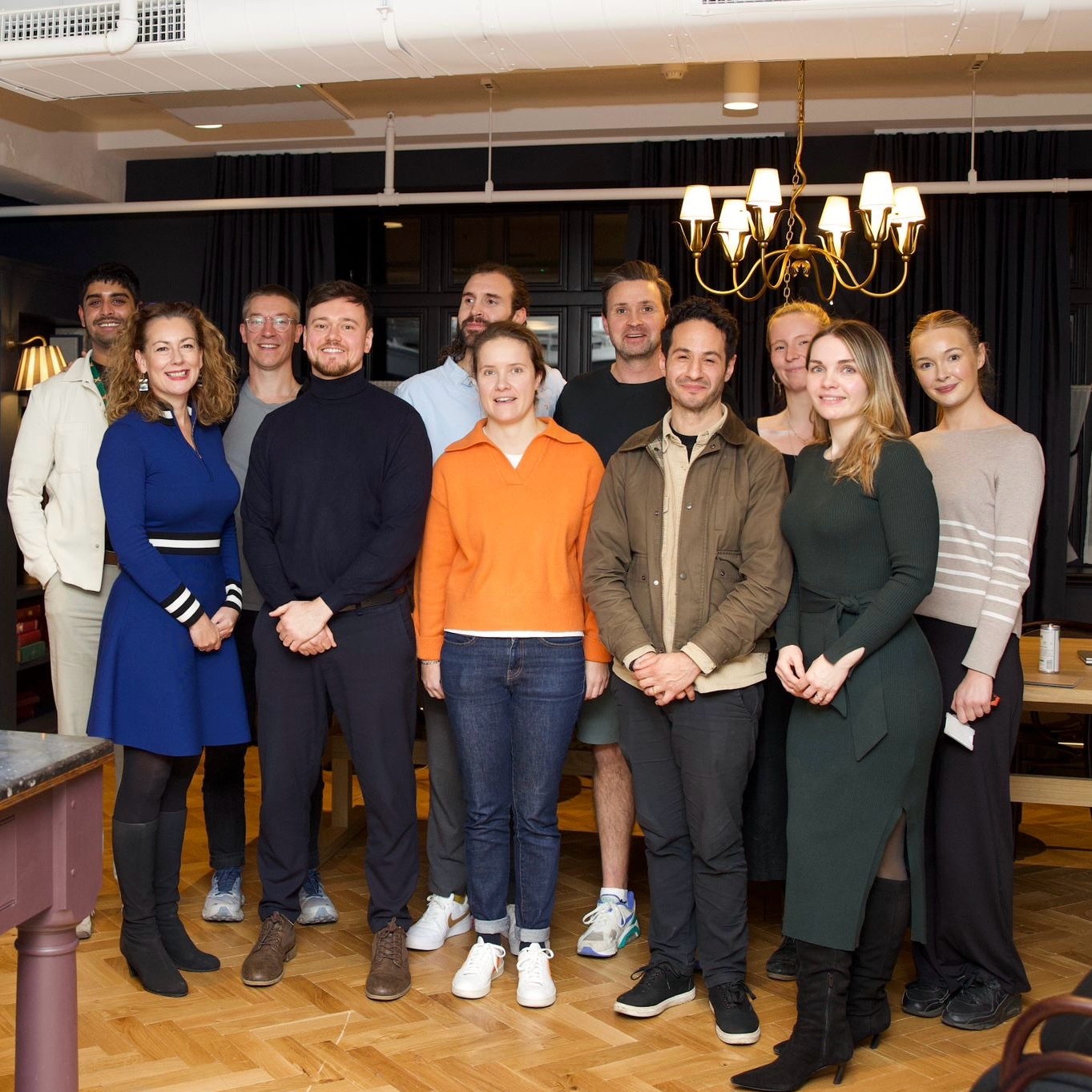A creative outlet is essential to the human experience. Whether that takes the form of a side hustle, artistic pursuits, literature or melody, the fundamentals of ‘product thinking’ could help you to birth something new and valuable, that stands out from the crowd.
A creative outlet is essential to the human experience. Whether that takes the form of a side hustle, artistic pursuits, literature or melody, the fundamentals of ‘product thinking’ could help you to birth something new and valuable, that stands out from the crowd.
{{divider}}
‘Product thinking’ or ‘product sense’ has a relevance that spans many industries - from engineering and product management, to design and venture capital. So what exactly is product thinking, and how do you apply it? At its very base layer, it helps analysts understand the theory behind technology development, but beyond that it has implications for establishing new lines and adapting to market trends.
{{divider}}
Nurturing and developing product thinking is therefore relevant to anyone in the business of covering trends or building great products. And in a time where technology companies focus more on product-led innovation than, say, financial engineering, it’s not just an academic or technological exercise - it’s one that actively contributes to market value.
{{divider}}
Product thinking is about knowing the 2 key tenets of a great product - the functional and fanatical. Why the product is useful, and why it’s loved. As with all skills, this level of insight can be nurtured and developed, and is not limited to either gut instincts or snippets of market data. Product thinkers don’t simply explore what they do and don’t like about a product; instead they seek to understand the broader question of why a product might or might not work for a broader set of people.
{{divider}}
This starts with asking better questions. Why has App X skyrocketed in popularity? What specific product decisions led colleagues to like productivity Product W, while others resist it? What is Service Y doing that keeps people using it for years; was it feature Z or W that let it grow beyond early adopters? All of these questions rely on observation and enquiry.
{{divider}}
As well as being an eye and a mindset, this can become a habit. In general, product thinking tends to precede and guide how design thinking is used or how a product vision evolves. Design thinking is a methodology - the process of conceptualising solutions that involve research, prototyping, and testing - while product thinking is the skill of understanding and being good at predicting what people want. Design thinking tends to be an outwards-in and iterative approach to solving a specific problem, while product thinking is more holistic and intuitive about the relationship between people and products. It’s not always the most functional products that win!
{{divider}}
Research, data and methodology are crucial to deeply understanding a problem, testing early assumptions and creating prototypes, but there are just too many small every day decisions for such frameworks to become common practice across the board. At some point, you rely on your instincts for what you believe will work the best for your audience. The product vision tail ends this by describing the idealised end state - a vivid image of a possible future that paints the picture of what success looks like, without necessarily having to detail why or how. Unlike a step by step product road map, the vision is the emergent end goal.
{{divider}}
Observation And Enquiry
{{divider}}
Observation is about paying attention. What are people’s reactions when they encounter products or services in their day to day lives? How do their rational reasons seem to differ from their emotive ones? It’s easiest to start by observing yourself: when you feel most delighted or annoyed about using a particular product. You’ll then start to better notice when friends make authentic product recommendations, or when they complain.
{{divider}}
Enquiry is about exploring the ‘why’ behind these observations. This is key to being able to apply the product thinking mindset. Understanding why involves a broad range of disciplines and practices - reading books about human thinking and behaviour, dissecting cultural phenomena through articles, discussions and blogs, soliciting customer feedback, and asking others why they have the reactions they do, as well as looking into data on their habits and activities.
{{divider}}
Back in the day when all you could do was ‘like’ a Facebook photo, many users complained that such a limited option was not allowing them to express themselves clearly enough on the social network. What they thought they wanted was a ‘dislike’ button. People occasionally shared sad or tragic news, and not everything was ‘likeable’.
{{divider}}
However Facebook’s product development team realised that the prevailing request from customers for such a feature was still too ambiguous to best meet market needs. By ‘disliking’ a photo were you disliking the picture, the sentiment, or the user? It was ripe for further fuelling some of the negativity and misunderstanding already on the platform.
{{divider}}
Product instinct is what led to two key decisions: using animated faces to convey the sentiment, which were felt to be more emotive, and launching with seven initial emotions. Thus Facebook reactions was born. Initially just to a limited audience, who could trial the new features and leave room for iterations based on results, before rolling this out to a wider audience.
{{divider}}
However, you don’t need to build a particular kind of product for years to hone these kinds of instincts. Instead you could try one new product, feature or service every week and have at least one conversation or reflection about how a specific product decision impacts its intended audience. Over time, this helps you to see why some products take off and others don’t.
{{divider}}
If you build products yourself, you’ll observe a richer palette of inspiration for how you might achieve an intended outcome based on your learnings. The simplest test is one of prediction: are you getting better at identifying which products or features will succeed? Are you improving in your ability to create such products?
{{divider}}
Excelling at product thinking is not innate; growth comes from practice. Designers typically get their practice by listening to customer critique, product reactions and making constant iterations. Researchers, data analysts, and venture capitalists typically gain product thinking through pattern-matching from large sets of data. If you look at enough examples of successful social media companies, for example, you start to draw conclusions about the importance of engagement notifications or getting new users connected with great content during on-boarding.
{{divider}}
Of course these rules are not fool-proof and practiced product thinking alone does not guarantee that we will build successful products. Our intuitions often fail because we draw the wrong conclusions when teasing apart inputs from outcomes. It can be impossible to know for sure which product decisions mattered the most in making something useful and beloved.
{{divider}}
However the mindset of observation and enquiry is one that stands us in good stead for gathering both the qualitative and quantitative, under a repeated process of learning, feedback and iteration that both improves the product and the builder’s sense of what makes for an improved product. This helps us to better understand ourselves, the people that we’re impacting and the environment within which we operate. If you wish to create value and remain curious in an increasingly dynamic environment where answers are never static, it pays to develop product thinking.
{{divider}}





.png)
.avif)


.avif)


.avif)
.avif)



